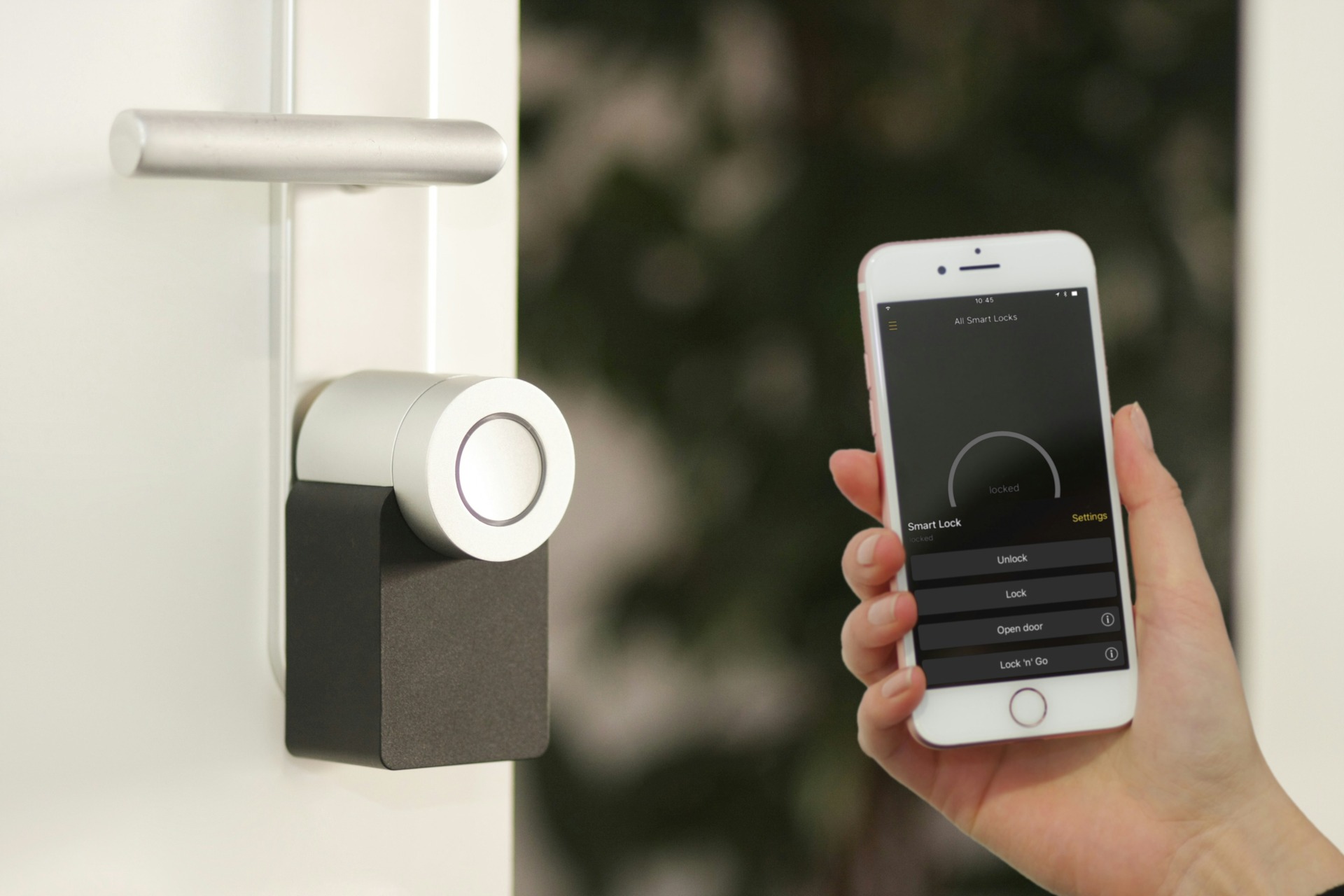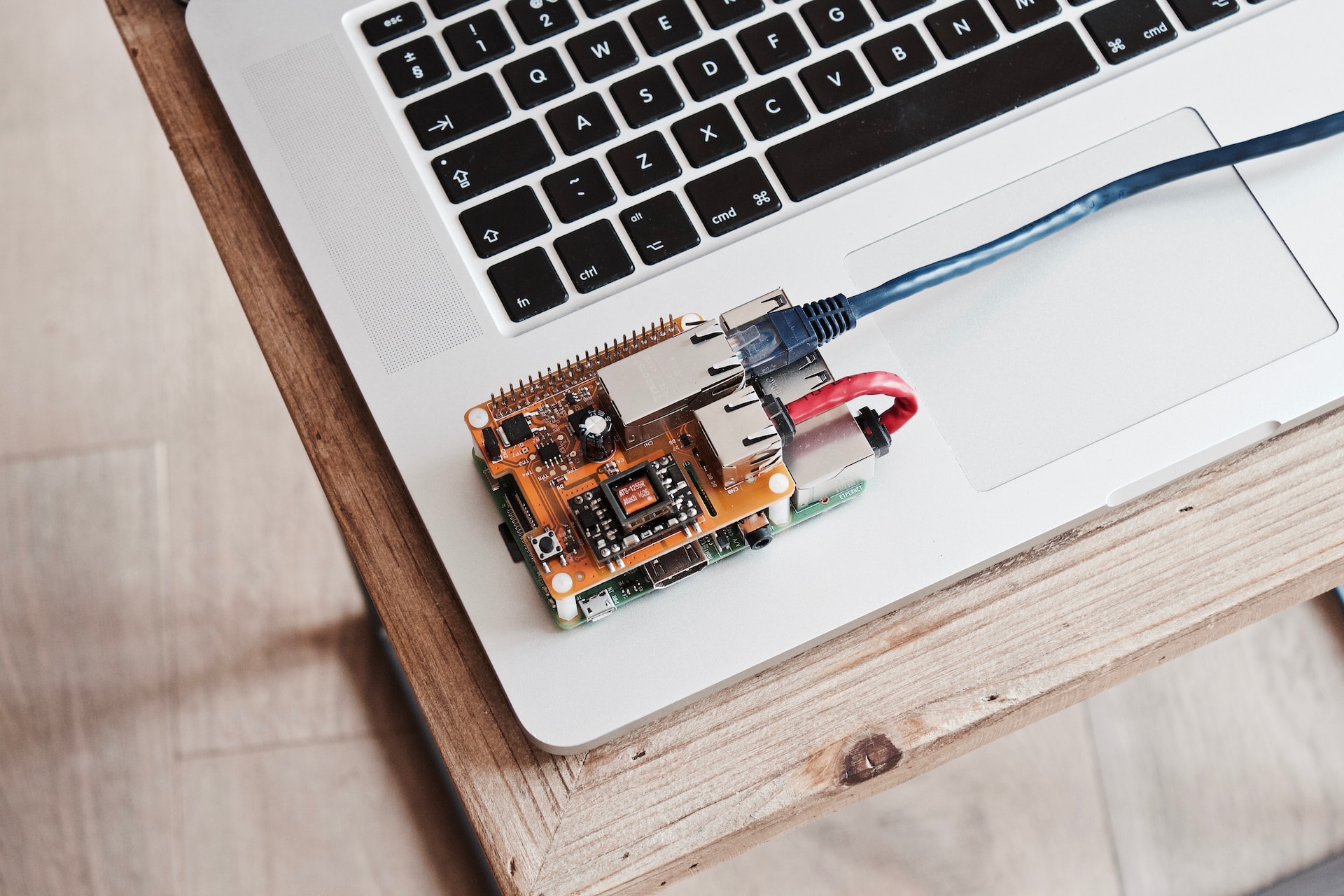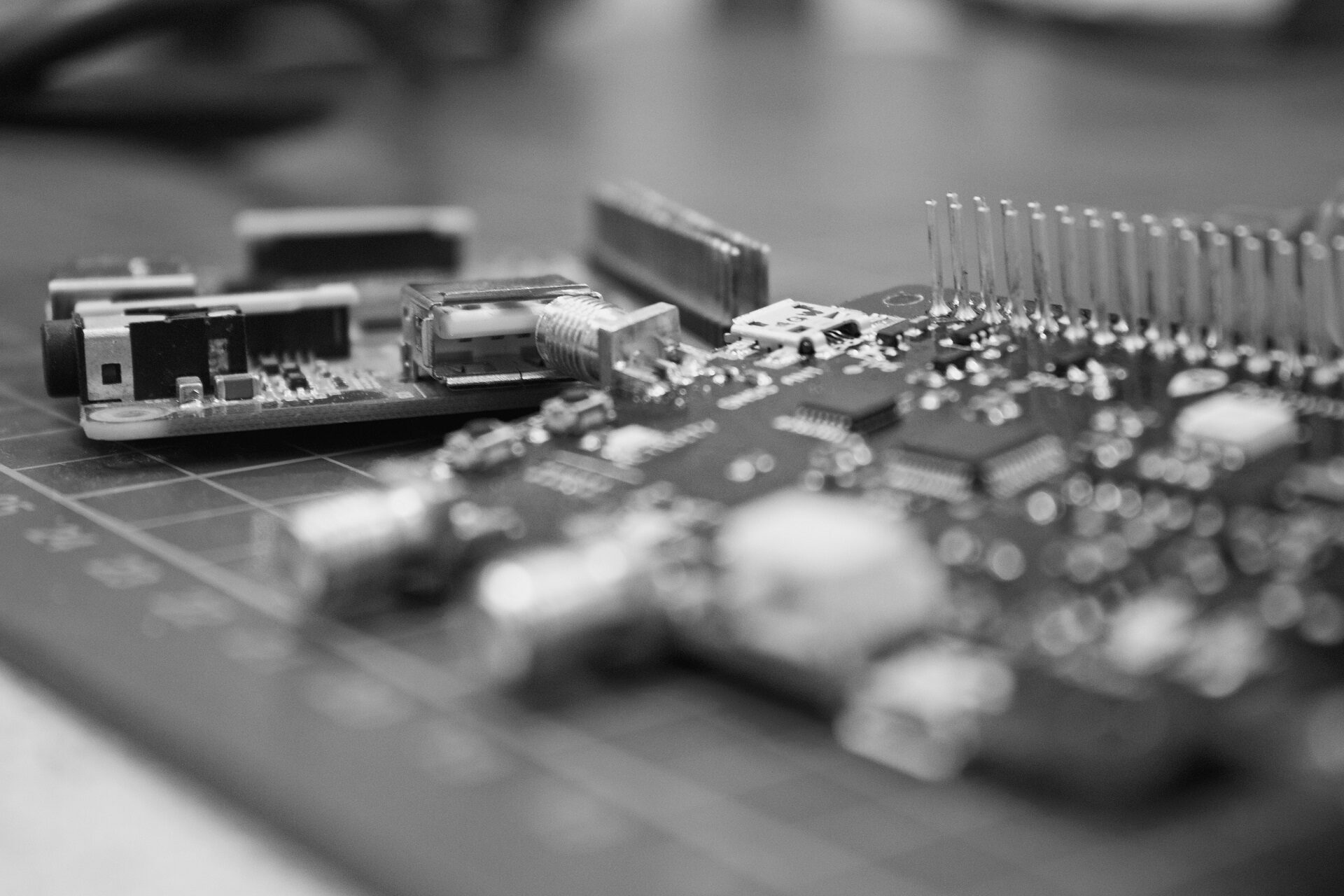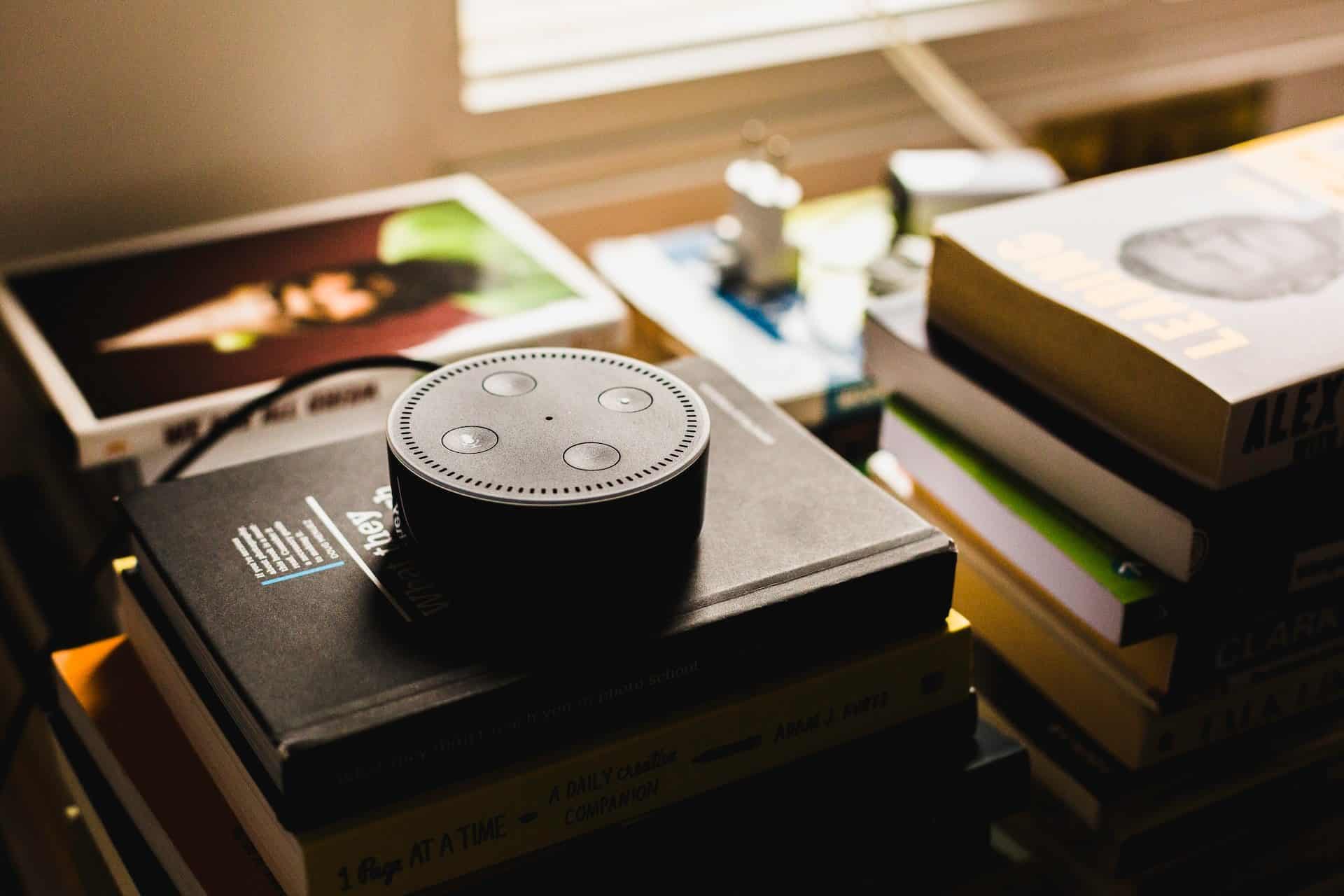
The IoT Development Process: What Makes It Tick?
May 18, 2023 - Emily Newton
Revolutionized is reader-supported. When you buy through links on our site, we may earn an affiliate commision. Learn more here.
The Internet of Things (IoT) is the next big technology development taking the world by storm. By now, most people have heard how interconnecting devices can make a home and workplace run efficiently and sustainably, all while reducing operation costs. As many fear robots taking their jobs, the IoT offers a middle ground where people can work with automation rather than instead of it. All this buzz likely makes many interested in the IoT development process, wanting to capitalize on this new technology.
Striking while the iron is still hot is an excellent way to interest consumers and investors, making it easier to get a product out of development and onto store shelves. However, creating an item or series of offerings that can interconnect requires a gentle hand and an in-depth knowledge of the steps.
1. Researching and Developing a Business Plan
Every product developer will need to do extensive research on what they are trying to make. Who do they want to market to? Is there a demand for their solution in that demographic? How much will the entire process cost? Additionally, they must evaluate what they will build their product out of, if they will need to outsource parts of the process and what they want to accomplish. Defining every point of the plan will make it much easier to develop a business plan.
Business plans outline everything an investor needs to know about the developing company and if it’s worth their time. It comprises an executive summary, business description, goals, offerings, market research and financial requirements. Keep the business plan in an editable document, as its details will change throughout the IoT development process. However, getting started on it early can help developers solidify their ideas and include everything they need to secure investments.
2. Designing and Creating a Prototype IoT Device
Next, it’s time to dive into the nitty-gritty details. Start laying out how the product will look, operate, get power and what software is necessary. Software development for IoT is an experimental phase. It allows developers to take multiple tries to get things right and test how viable their offering is. They can then iron out any bugs or flaws and assemble a proof of concept.
The proof of concept is the document that includes everything regarding the financial and material components of the product. A lot of this information could come from the business plan, but it may be easier to develop this document during the prototyping phase. Developers will have a clearer idea of what they will need to get their device up and running.
3. Putting Together the Polished Final Product
Continue perfecting the prototype with vigorous hardware and software testing. After discovering the optimal formatting for the device, the team can start outlining the final product. This is what the developers will display to potential investors, use in demonstrations and potentially start offering to their first customers.
4. Sourcing Components and Manufacturers
This stage of the IoT development process may be one of the most challenging. Developers will now need to start contacting companies that create the components they need to make their IoT device at scale. That list may include LED displays, wires, semiconductors amid continuing shortages, casings and more. The team must evaluate if these distributors meet their standards and can deliver their components on time.
They will also need to find a manufacturer to assemble their device and commit to thorough quality checks. Again, the developers may want to assess if the factory meets their standards, such as if they emphasize environmental, social and governance regulations. Committing to fair and sustainable business practices can help draw in more customers, ensuring the IoT product succeeds soon after development.
5. Complying With Regulations and Certifying the Product
Finally, developers have to ensure their IoT device follows all security regulations to the letter. Because IoT products are relatively new, that freshness comes with vulnerabilities hackers can quickly find and take advantage of. Additionally, their compact size creates a limited amount of space for security features. It’s essential to ensure IoT device integration can comply with various cybersecurity regulations and educate users on proper security measures. This verifies consumers aren’t at risk when using the device and the business won’t incur any fines.
Another key part of the process is obtaining certifications. While compliance secures the device’s privacy, certification ensures that IoT device integration is successful. Developers will need to obtain telecoms industry, operator and regulatory certifications. All these prove the quality of the product, that it’s safe to connect to various carriers, and the government or safety boards approve the device’s sale. Obtaining these certifications will be necessary to avoid injury risks, access the IoT and be able to connect to the internet.
Specific devices may also need extra certifications depending on their industry. For example, machines for the health care sector will often require additional testing to guarantee it is safe for medical use.
Additional Needs of the IoT Development Process
Software is one of the major aspects developers will need to focus on in the early development stages. Since many teams will have to develop their own app, it’s important for developers to know how to create IoT applications. They must consider how the device will communicate with the rest of the IoT system, cloud connection, mobile access and network protocols. Developers may also want to employ a white-hack hacker to test their software and verify their cybersecurity is robust.
While most of the IoT development process is similar to any other product, the software is what makes it unique. The number of connected devices is forecasted to snowball to nearly 30 million by 2030 — that’s a lot of endpoints to consider. Teams must develop software that can collaborate with hundreds of others and doesn’t put their users’ privacy at risk.
Then, they need to decide what to make the actual device out of and what components it will need. For instance, an IoT thermostat will require a sensor that can detect indoor temperatures, controllers to adjust the HVAC and a screen so users can make changes. The product will also need data-processing and communication modules. Niches like health care will likely have particular material standards, as well.
Software Development for IoT is an Important Process
Creating an IoT device is much like making any other machine. However, developers must ensure their software is secure and compatible, and their hardware complies with the industry they market to. With the IoT development process demystified, innovators can ensure they hit every mark and make a device that can succeed in a competitive market.
Revolutionized is reader-supported. When you buy through links on our site, we may earn an affiliate commision. Learn more here.
Author
Emily Newton
Emily Newton is a technology and industrial journalist and the Editor in Chief of Revolutionized. She manages the sites publishing schedule, SEO optimization and content strategy. Emily enjoys writing and researching articles about how technology is changing every industry. When she isn't working, Emily enjoys playing video games or curling up with a good book.




